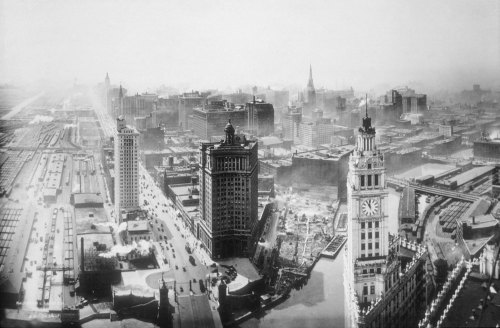But there were more than eight men thrown out of baseball under the rule of Commissioner Kenesaw Mountain Landis.
On Jan. 9, 1925, it was reported here in the Southeast Missourian that two men - a player and a coach - faced a hearing before Judge Landis regarding their banishment.
According to the article, "It was the last of the cycle of 'fixes' or attempted fixes that afflicted the game in the period 1917 to 1924.
 | |
| Cozy Dolan |
The article explains that the Giants and Dodgers were embroiled in a tight race as the 1924 season drew to a close. By the last weekend, the Giants had a lead of one game and a half.
The article says, "However, if, playing at home, they should lose three straight to the lowly Phillies, while the Dodgers were taking a pair from the even more lowly Braves, Brooklyn could still win by a game. Thus, given the Giants' position in playing a poor team at home, there was some, but - one would think - not overwhelming, temptation to engage in a shady gimmick to ensure victory. The questionable incident indeed occurred.
"Before the game of Saturday, September 27, utility outfielder Jimmy O'Connell of the Giants, at the instigation of Coach Cozy Dolan, sounded out Phillies shortstop Heinie Sand as to whether, for $500, he might be willing to avoid "bearing down hard." Afterwards, O'Connell also contended that Giant stars Frankie Frisch, Ross Youngs, and George Kelly had spoken with him before the game about the feeler. At any rate, Sand rejected O'Connell's invitation. Growing worried during the course of the game, Sand that evening reported the bribe offer to his manager, Art Fletcher. The latter immediately took the matter to the, executive level. Within a short time, the crisis fell into Judge Landis' lap. On September 30 and October 6 and 7, the Commissioner held hearings. It is from the transcript of these hearings (New York Times, January 11, 1925) that the main body of the evidence in the O'Connell-Dolan case stems. At these sessions, O'Connell, Dolan, Sand, Frisch, Kelly, and Youngs testified."
Dolan, the article says, told Landis on two occasions that, even though the incident allegedly occurred three days before, he could not remember anything, even whether he had suggested a bribe. On the second occasion, before which Landis banished him, Dolan "stated with great vehemence that whenever he said that he could not remember something, this was his unique way of specifying that he knew nothing whatsoever about that something, and that he was entirely innocent of promoting a bribe. Landis refused to accept that any Sensible person, when asked a question that invited a simple negative as the answer, would reply by saying that he did not remember, and that claiming lack of recollection was a way of saying 'No.'"
The article goes on to speculate why Sand was approached. It mentions that shortstop would be a critical position where misplays could determine the outcome of the game. Also, O'Connell and Sand knew each other from the Pacific Coast League and, in fact, had once been roommates.
The author of the article concludes that Frisch, Kelly and Youngs were involved in the conspiracy.
"Why would three stars have 'set up' a young player like O'Connell? Of course they did not so intend. They counted on the encompassing protection of the players' so-called code against tattling. From beginning to end, everything related to the bribe proposition was strictly verbal. If Sand proved unamenable, surely at least he would not talk. But the players underestimated the powerful incentive that had been created for anyone who received a feeler to report it. Judge Landis had expelled, not only the seven 'Black Sox' who had actively engaged in a scheme to lose games in the 1919 World Series fix, but the eighth, Buck Weaver, whose sin it was, not to "throw" games himself, but only to fail to report the others. With regard to the Giant players, they also probably thought that if by any chance Sand should talk, then surely their own teammate, O'Connell, would know enough to deny categorically Sand's allegations."
But O'Connell did not deny the allegations.
"Since he had disbarred O'Connell as a self-confessed briber and Dolan as a self-implicated one, why did Landis not expel Frisch, Youngs, and Kelly as well? The answer is that the players flatly denied speaking to O'Connell about Sand. It was their word against O'Connell's. In the absence of any independent evidence, and, on the basis of the usual assumption of innocence over guilt, Landis had no choice but to accept their statements as made. Unlike Dolan, the three players unmistakably denied involvement. As for Dolan's ineptitude, his testimony suggests an uneducated and not very intelligent person."
Dolan died in 1958.
Sand also died in 1958.
O'Connell died in 1976.
The Giants wound up winning the pennant in 1924 but lost in the World Series to the Washington Senators.
















